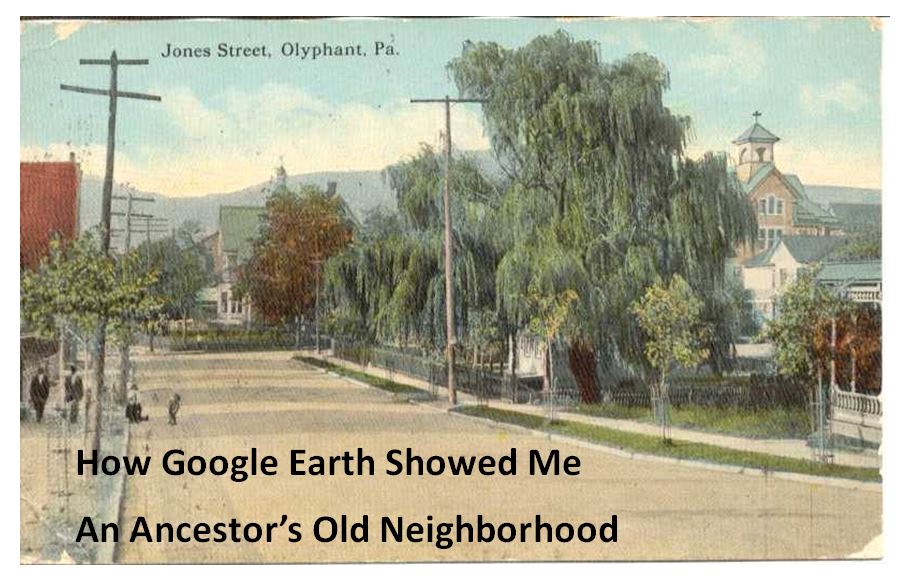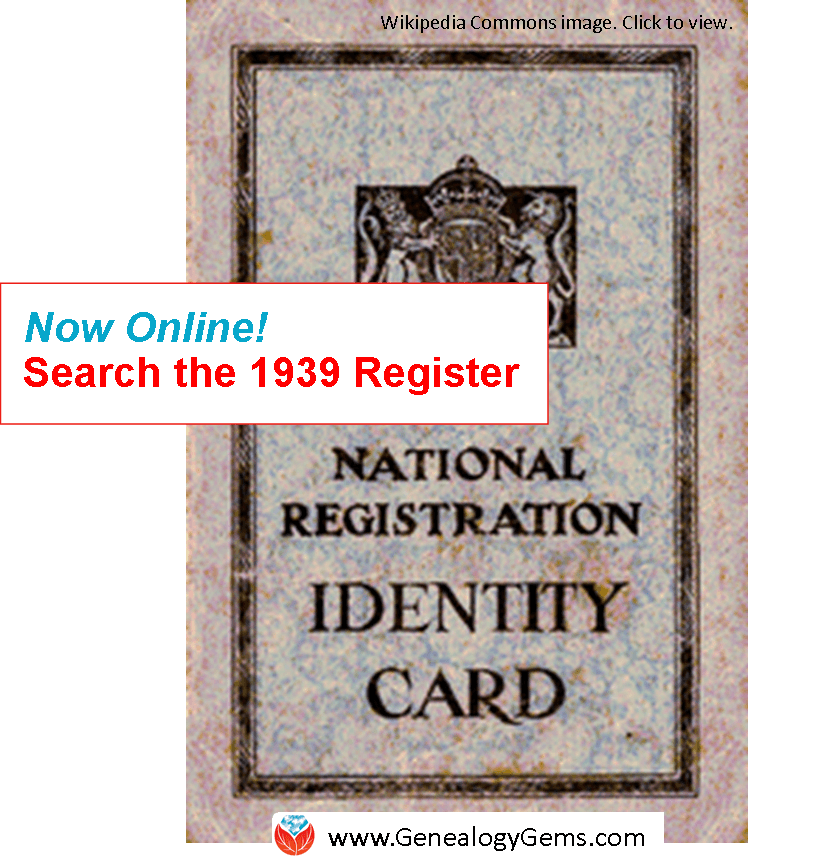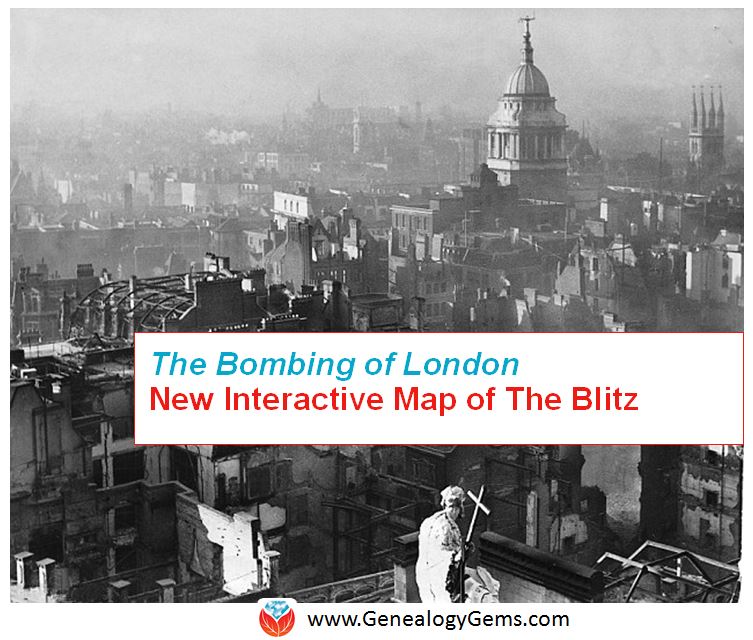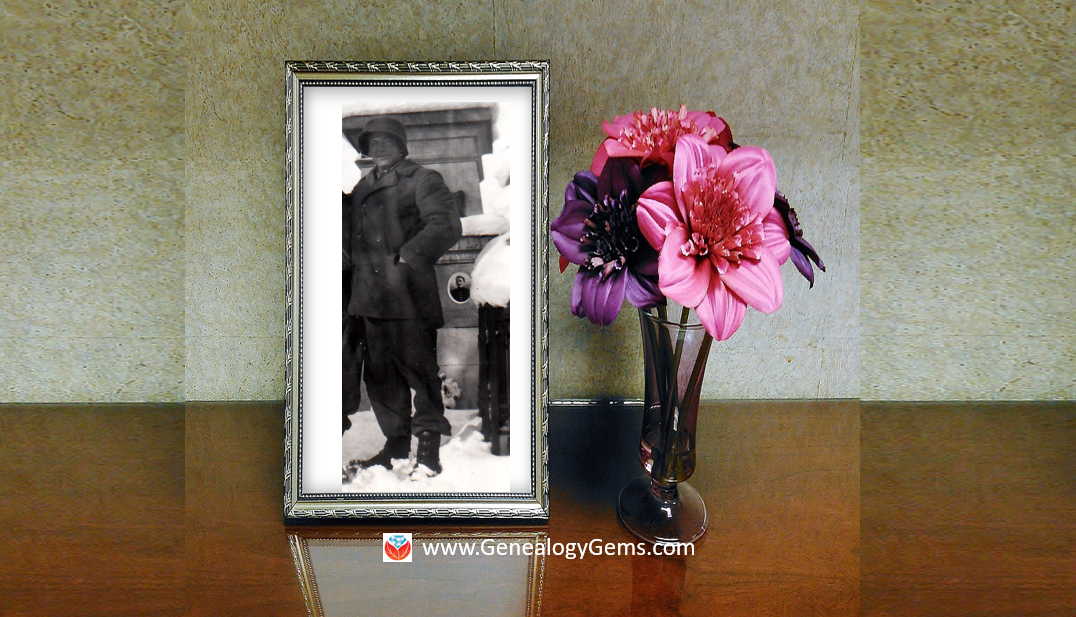DNA Painter with Genetic Genealogist Blaine Bettinger
Show Notes: DNA Painter explained with the creator of the shared centimorgans project on DNApainter.com, Blaine Bettinger. In this video, you’ll get answers to questions such as:
- what is DNA Painter
- What is the Shared Centimorgans tool
- What’s coming next in genetic genealogy
Special Guest: Blaine Bettinger, The Genetic Genealogist
Watch the Video
Show Notes
Downloadable ad-free Show Notes handout for Premium Members.
(This interview has been slightly edited for clarity)
What is DNA Painter
Lisa: What is DNA painter?
Blaine: DNA Painter is a really incredible website for genealogists working with their DNA results.
There are several different aspects of the website, including chromosome mapping, which is assigning segments of DNA to particular ancestors. There are some tools for testing hypotheses, like What Are the Odds. And there’s also the Shared Centimorgan Project, which allows you to hypothesize what a genealogical relationship to a match might be based on the amount of DNA you share with that match.
About Blaine Bettinger and the Shared cM Tool
Lisa: As I understand it, that’s kind of how you got involved with DNA painter, or how DNA painter evolved. Tell us a little bit about your background and your work with the Shared cM Tool.
Blaine: I have been a genetic genealogist, essentially, for almost 20 years now. I started in 2003 with my first DNA test and I’ve been a genealogist since middle school. So, I’ve been working in this DNA field for a long time.
Once autosomal DNA testing came along, we discovered that there wasn’t a lot of information about known ranges for various relationships. For example, if I test myself in a first cousin, how much DNA would we share? What might be considered a normal amount? What might be an abnormal amount, and so on? So, I started in 2015 collecting data from test takers, for example, sets of first cousins. We wanted to be able to answer questions like what’s your relationship? And how much DNA do you share? Once I started to collect enough of that data, I could get an idea about what the range for various relationships might be.
Johnny Pearl, the incredible creator behind DNA painter, asked if he could host a version of the Shared Centimorgan Project at the website. I was thrilled to see that. And so now there is a hosted version of the Shared Centimorgan Project with all of those ranges for about 40 different relationships at a DNA Painter.

Shared cM tool at DNA Painter
Lisa: Well, that’s really kind of the whole industry, isn’t it? It’s very collaborative. And it’s amazing how it seems like different people have different pieces of the puzzle.
How to Get Started with DNA Painter
Is DNA Painter free? How does someone get involved? Do we need an account?
Blaine: It depends on what you want to do. If you want to use the Shared Centimorgan Project tool, there’s no cost for that. That’s free for anyone to use. So, you would just go to DNA Painter, and either register for a free account, or have no account and still be able to use the Shared Centimorgan Tool.
If you want to start chromosome mapping at DNA Painter, you do get one free map. That’s the assignment of those segments to ancestors. But if you wanted to have maybe a couple maps, you would have to run into having a subscription to the site, which is well worth the money it takes to have a subscription because it’s so valuable in helping you organize your matches and working with your segment information, and so on.
What the Shared Centimorgan Tool can tell you about your DNA
Lisa: You mentioned the chromosome mapping, and the Shared Centimorgan Tool, and What Are the Odds? Can you give us an example of a burning question that a genealogist might have, and that the answer is, “you need to go to DNA painter to do that”?
Blaine: So, let’s say for example, you get a new match at testing company ABC, and that match shares 400 Centimorgans with you. The immediate question is, how is this person related to me? That’s a lot of DNA to share with someone but without a frame of reference you don’t really know. Is it could that my eighth cousin? Is it my sibling? What are the possible relationships?
If you go to DNA Painter and the Shared Centimorgan Project, you pop in 400 Centimorgans. What that’s going to do is it’s going to give you the possible relationships that that could be. And so that’s going to significantly narrow down your search for your genealogical relationship to this new DNA match that you have.
Lisa: Oh, yeah, that would be huge.
DNA Painter for Beginners
So, does this require much technical know-how? Do people have to feel like they’re scientific in nature, or can anybody do this? Could a person new to using genetic genealogy feel like they could do this?
Blaine: Absolutely! And I think one of the great things about DNA Painter and Johnny is that everything is designed to be user-friendly. The website is incredibly easy to understand and interact with the Shared Centimorgan Project. I’m of course biased, but I think it is also created in such a way to be easily understandable. The results of that search for 400 centimorgan relationships is going to give you an output that I think is easy to interpret and understand.
DNA Painter Best Tip
Lisa: What’s your favorite tip? What do you recommend that people either not miss, or make sure that they do while they are at DNA Painter?
Blaine: Bookmarking the Shared Centimorgan Project I think is really important. I think many genealogists use it on a daily basis. Again, I’m biased, but the value of the tool is that it’s free. And it’s so important to helping you understand the possible relationships for your DNA matches.
Now, years from now, once you do this enough, you can start to remember some of the ranges. You can kind of do it in your head. But until you get to that stage, bookmark that site, and you can just refer to it quickly when you’re working with your DNA results.
Lisa: That’s a good idea. It’s very easy to just drag that URL right on to your web browser bookmark bar and have a bookmark ready to go.
Genetic Genealogy Book by Blaine Bettinger
You’ve really been on the forefront of all of this genetic genealogy. And I know that you’re the author of a book, tell us the name of your book.
Blaine: The name of my book is the Family Tree Guide to DNA Testing and Genetic Genealogy, second edition.
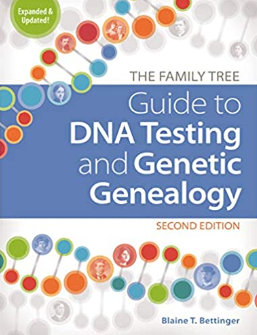
Get Blaine’s book (this affiliate link supports our free content)
The Future of Genetic Genealogy
Lisa: What do you think we can look forward to in the future of genetic genealogy?
Blaine: I think it’s really hard to predict in some ways. Some of the tools we have now are our tools we couldn’t even have imagined several years ago. And what’s fueling this growth is the growth of the databases themselves.
For example, just in the past week or so Ancestry came out with a new tool called Side View that allows the grouping of your matches into the two different sides of your family: your paternal side and your maternal side. We couldn’t have imagined a tool like that just a couple of years ago, but it’s because of the size of the database.
For me, the future is two-fold. Number one, it’s the development of these new tools by the testing companies. And it’s also development of new tools by third parties, including the tools like the Shared Centimorgan Project, DNA Painter, and so on. I think we’re going to see more and more tools come out that allow us to work with our results in new and interesting ways.
Lisa: Do you think they’ll ever be a time where the tools and the machine learning that eventually there’s enough data accumulated between people who have tested and people who do genealogy and people who do both, that it could actually automate this process?
Blaine: I do think there’s a huge potential for automation. The one thing that I think is missing right now is that most genetic genealogists, most genealogists period, function as islands. And there isn’t enough collaboration in a way that allows us to benefit from each other’s work. And so, I think there needs to be a way to start to tie together in a more collaborative way, the work that we’ve done. For example, assigning segments of DNA to ancestors.
If I figure out that this stretch of DNA came from Jane and John Doe, that’s great, but that lives on my computer. If there were a way to share that with the world in an easy and collaborative way by clicking a couple of buttons, then, once we have thousands of people doing that, we could have a pretty incredible database and start to really work in a collaborative fashion.
Lisa: Collaboration certainly has been the key behind so much of what’s grown in genealogy.
More from Blaine Bettinger, The Genetic Genealogist
Blaine, thank you so much for all of your work in this area. It’s fascinating to watch what you’ve been up to and I’m going to keep my eyes on you into the future. Please tell folks where they can visit you to learn more about you and what you have to offer.
Blaine: The two main places are thegeneticgenealogist.com, which is my blog. If you’re a Facebook user, we have Genetic Genealogy Tips and Techniques, which is a Facebook group. It’s free to join, and from beginner to expert, everybody I think has a really good time in that Facebook group.
Lisa: It’s always good to see you. Thank you so much, Blaine!
Blaine: Thank you so much.
Resources
Downloadable ad-free Show Notes handout for Premium Members.

Learn more about Genealogy Gems Premium Membership.
Learn More about Genetic Genealogy at Genealogy Gems
- New MyHeritage DNA Feature: Shared Ancestral Places
- How to Measure Your Genetic Relationship in Premium Podcast episode 149
- What’s a CentiMorgan, Anyway? How DNA Tests for Family History Measure Genetic Relationships
- Adoption DNA Match Strategy: Combine DNA Test Types

